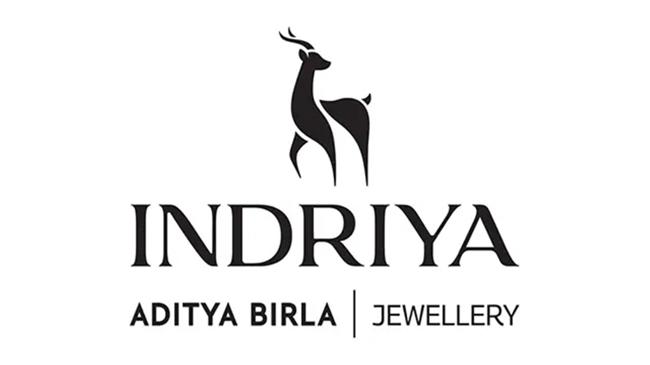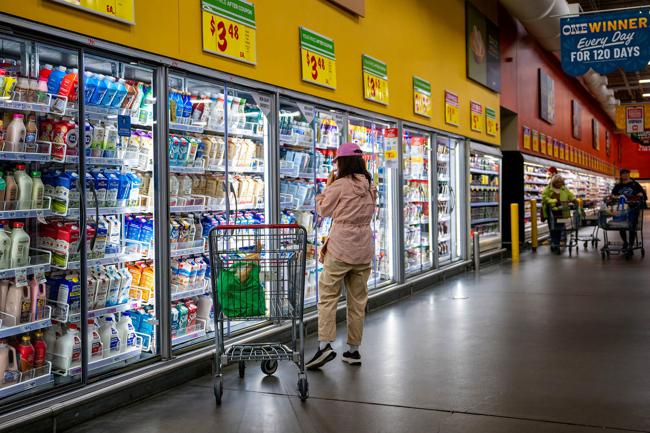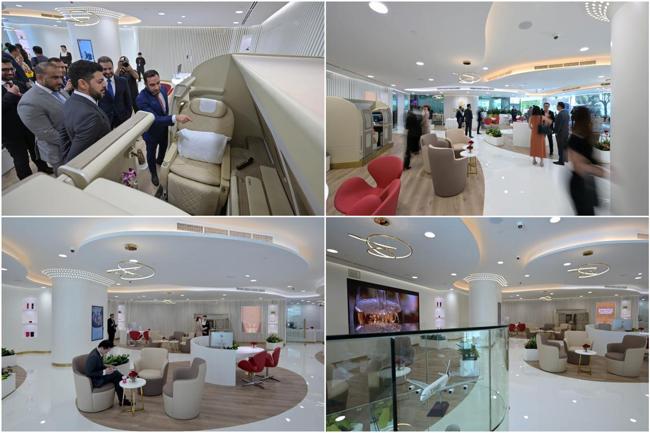Summary
Aditya Birla Group’s Indriya, a new entrant in India’s 7-lakh-crore jewellery market, has launched 22 stores since July 2024 and aims for 100 by FY26, with a 5,000 crore investment to become a top three retailer in five years.
Source: The Financial Express

AI News Q&A (Free Content)
Q1: What are the key retail innovations introduced by Indriya in the Indian jewellery market since its launch in 2024?
A1: Indriya, launched by Aditya Birla Group in July 2024, has introduced several retail innovations, including spacious store formats, over 15,000 curated and 5,000 exclusive designs, and a focus on personalized customer experiences. Indriya aims to transform traditional jewellery retail by leveraging new-age store layouts and an extensive, occasion-based product assortment. The brand’s rapid expansion across 11 cities with 22 stores within months of launch exemplifies its innovative retail strategy, setting a benchmark for modern jewellery shopping in India.
Q2: How has technology, particularly artificial intelligence, shaped retail innovation in India post-pandemic?
A2: The COVID-19 pandemic accelerated the adoption of artificial intelligence (AI) in retail, with AI-driven analytics playing a crucial role in inventory management, consumer behavior prediction, and supply chain logistics. Retailers in India have increasingly leveraged AI to adapt to disruptions, optimize online-offline synergies, and personalize customer engagement, leading to improved operational efficiency and resilience against market volatility.
Q3: What has been the economic impact of Indriya's entry and investment in the Indian jewellery market?
A3: Indriya’s entry, backed by a ₹5,000 crore investment, is expected to drive significant economic impact through the creation of new jobs, stimulation of local supply chains, and increased competition among branded jewellery retailers. The brand targets a 50% CAGR, aiming to outperform the industry’s average growth and capture substantial market share, which can further boost organized retail and contribute to India's $90.4 billion jewellery market, projected to reach $150.1 billion by 2033.
Q4: How is retail inflation in India affecting consumer purchasing behavior in the jewellery sector?
A4: Retail inflation, particularly driven by rising gold prices, is impacting consumer purchasing patterns in the jewellery sector. While overall domestic jewellery consumption is expected to grow by 10-12% in FY2024, growth is projected to moderate to 6-8% in the latter half due to tepid rural demand and persistent inflation. Consumers are increasingly shifting toward branded jewellers, seeking value, quality assurance, and transparency amid price volatility.
Q5: What are the pros and cons of rapid expansion by retailers like Indriya in a volatile market environment?
A5: The pros of rapid expansion include increased brand visibility, early market share capture, and the ability to set industry benchmarks for innovation. However, challenges include high upfront investment, potential operational inefficiencies, and exposure to market volatility—such as inflation or shifts in consumer demand—that can impact profitability. Indriya’s strategy to continue expansion despite volatility is predicated on expectations of market stabilization and long-term growth.
Q6: What does recent scholarly research say about the use of data analytics and AI in enhancing retail resilience and consumer engagement?
A6: Recent research highlights that the integration of data analytics and AI in retail has significantly enhanced resilience and consumer engagement. AI enables retailers to adapt quickly to disruptions, retrain predictive models in real time, and personalize offerings, which drives higher consumer satisfaction and loyalty. These technologies also facilitate better demand forecasting and inventory management, essential for navigating uncertainties such as those experienced during the pandemic.
Q7: How does consumer decision-making in jewellery retail change during periods of high inflation, according to the latest studies?
A7: Studies indicate that during periods of high inflation, consumers in the jewellery sector become more price-sensitive and cautious, prioritizing branded retailers that offer transparency, authenticity, and value for money. There is a marked preference for investment-grade jewellery, such as gold, and a tendency to consolidate purchases around significant occasions. This shift supports the trend toward organized retail and branded jewellery, as consumers seek greater trust and assurance in their purchases.
References:
- Aditya Birla Group Jewellery Business Overview: https://www.adityabirla.com/en/businesses/sectors/jewellery/
- Indriya looks to shine with spacious stores, innovative styles: https://www.financialexpress.com/business/industry/indriya-looks-to-shine-with-spacious-stores-innovative-styles/3834827/
- India Jewellery Market Overview 2024: https://www.imarcgroup.com/india-jewellery-market
- ICRA report on Indian jewellery sector growth and inflation: https://economictimes.indiatimes.com/industry/cons-products/fashion-/-cosmetics-/-jewellery/domestic-jewellery-consumption-likely-to-grow-10-12-in-fy24-icra/articleshow/106204890.cms
- Retailing in India (Wikipedia): https://en.wikipedia.org/wiki/Retailing_in_India
- ICRA Research Summary on Jewellery Retailers FY2024: https://www.icra.in/Rating/DownloadResearchSummaryReport?id=5427





